Census 2021: Eight things you need to know
- Published
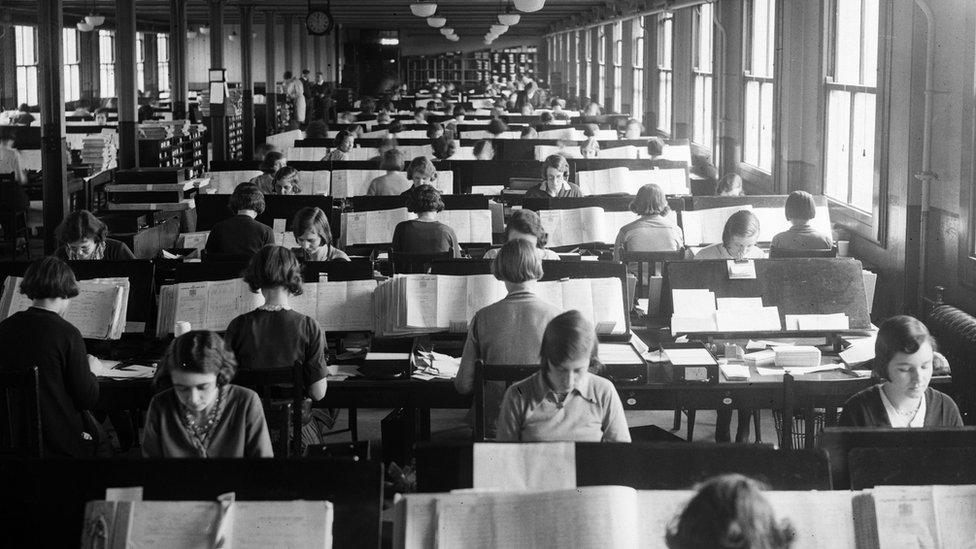
Women at the Pensions Office in Acton compiling information from the 1931 census, which was later destroyed
Next year's UK census could be the last one to take place.
The UK's national statistician has suggested that the 2021 headcount could be the UK's last, with future population counts being carried out in other cheaper - and easier - ways.
The first official census took place in 1801, but what have we learned from it over the past 200 years?
1. Search for soldiers
The first UK census took place in 1801, but there are differing views on why it happened.
Some reports suggest it was conducted to learn how many able-bodied men were in the country who were able to fight in the Napoleonic wars.
But others say it was simply done to record the population of England, Scotland and Wales - which was found to be nine million - partially so the government could ensure there was enough to eat.
It is now carried out every 10 years to give a snapshot of life in the UK.
By the time of the last census, taken in 2011, external - the first that could be completed online - the UK population had risen to 63.2 million.
It also found the number of foreign-born residents in England and Wales had risen by nearly three million since 2001, meaning about one in eight - 13% - of residents were born outside the UK.
2. The missing census

The 1931 census being compiled - before all the records were lost in a fire
The 2011 census has been digitally archived and kept in a secure location, but in the past, census keeping was at times patchy.
Results of early censuses were written in books, some of which were lost over time. The entire 1931 census was lost in a fire, external while the 1841 results from Wrexham went missing - until later turning up in a bookshop.
And filling out records for his parishioners, one 19th Century minister recorded a butcher as a "cut throat of pigs", and mothers of illegitimate children as "whore and man trap".
3. The suffragette who hid in a cupboard
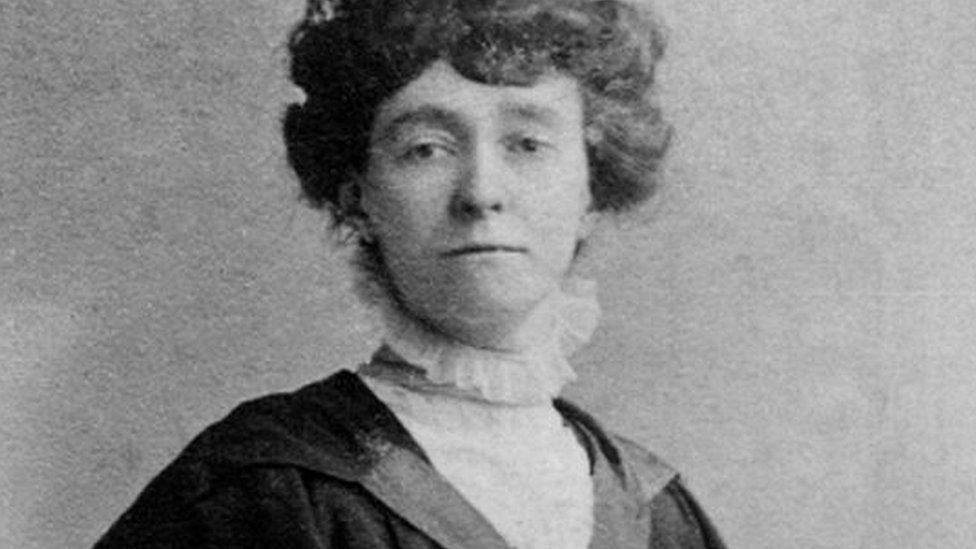
Emily Davison was killed when she stepped into the racetrack at the Epsom Derby in 1913.
By the time of the 1911 census, the suffragette campaign was at its height - but women had still not yet won the right to vote.
Suffragettes organised a planned boycott of the census, although most of England's population did complete it.
However, suffragette campaigner Emily Wilding Davison hid in a cupboard in Parliament, external on census night, and had her address recorded as the House of Commons.
Others have also avoided taking part. In 1841, artist JMW Turner rowed a boat into the Thames so he could not be counted as being present at any property.

What is the UK census and how does it work?
The census is a count of all people and households in the UK, which takes place every 10 years.
It is the only exercise that provides a detailed snapshot of the whole population and is unique because everyone in the country answers the same questions about the same day.
People are asked about who was in their home overnight, as well as details of jobs, education and ethnic background.
The findings mean central and local government can use resources effectively for things like housing, education, health and transport.
They also allow you to learn things about much smaller areas than any household survey would.
So, for example, we know that Redcar & Cleveland and Allerdale were the local authorities with the highest proportions of white British people in the country at 97.6% in 2011.
There would not be robust enough figures to go down to local authority level without the census.
People can submit their answers on a questionnaire they receive in the post or online.
Filling in the forms is compulsory and repeated failure to complete it could result in a fine of up to £1,000.

4. Housewives and outside loos
The 1841 census was the first to record people's names, alongside their age, sex, occupation and birthplace.
Thirty years later, another column in the census asked whether anyone was blind, deaf and dumb, imbecile or idiot, or a lunatic.
References to "housewife" were seen in the 1971 and 1981 census, but by the 90s it was replaced, external with the gender-neutral option "looking after the home or family".
From 1951 until 1991, households were asked if they had an outside toilet.
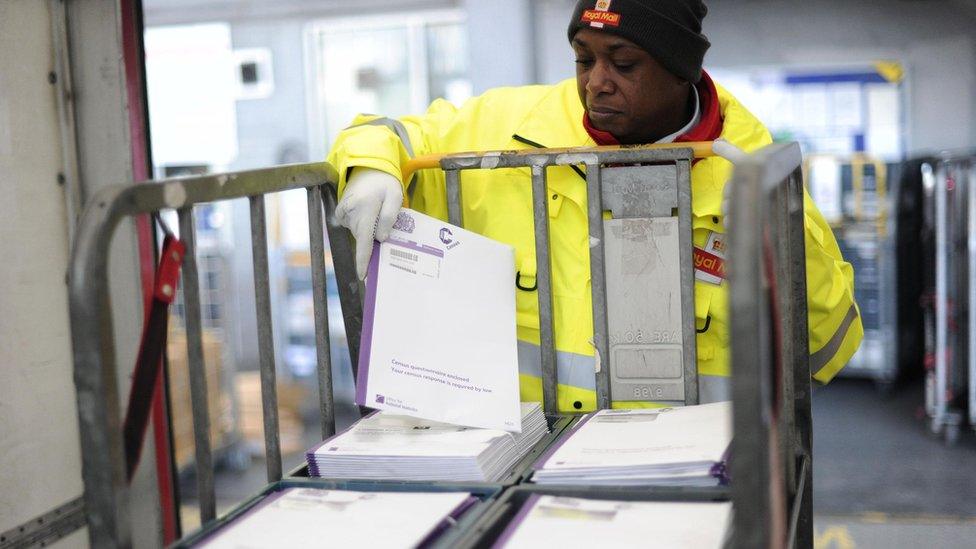
The 2011 census also saw a 6% rise in those who rent from a private landlord or letting agency
For the first time in 2011, there were questions on civil partnerships, second homes and recent migration.
The Office for National Statistics is recommending, external a new question on armed forces veterans for next year's census, alongside voluntary questions on sexual orientation and gender identity for those aged 16 and over.
5. We have always been pet lovers
The UK has always been known as a nation of animal lovers and the proof exists in the 1911 census.
A family, from Dulwich in London, listed among their household Roger the watchdog, whose occupation was listed as looking after the house.
Another family, from Birkenhead, included eight-year-old Tom Cat among their number, who was a mouse-catcher.
6. When is a religion not a religion?
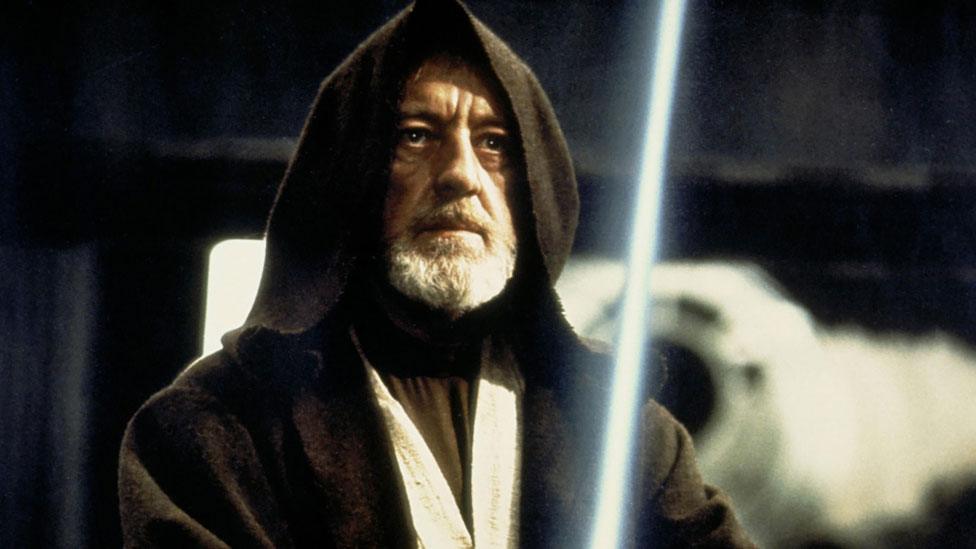
Sir Alec Guinness played the Jedi knight Obi-Wan Kenobi in the Star Wars films
Well, when it's Jediism.
Religious belief was included in the census in 2001 for the first time since 1851.
Beforehand, an email campaign tried to try to persuade people to record their religion as Jedi and 390,000 people adopted the Star Wars religion,, external
Ten years later, the number of Jedi believers had fallen somewhat - but at 176,632, it was the UK's seventh most popular "religion".
The two censuses have shown a fall in Christianity in the UK. In 2001, 72% of people described themselves as Christian, but a decade later, that had dropped to 59%.
The percentage of those saying they have no religion rose from 15% to 25%.
7. Eye makers - and one bee dealer
The census shows how people's occupations have changed over the years, if the 1841 census is anything to go by.
Some of the professions with the lowest counts that year included bee dealer (one man), peg maker (19 males and one female) and artificial eye-maker (eight males and one female).
That year there were only 734 female midwives - whereas the 2011 census recorded a total of 30,925 female midwives and 330 who were men, a total of 31,255.
8. You can read your ancestors' handwriting
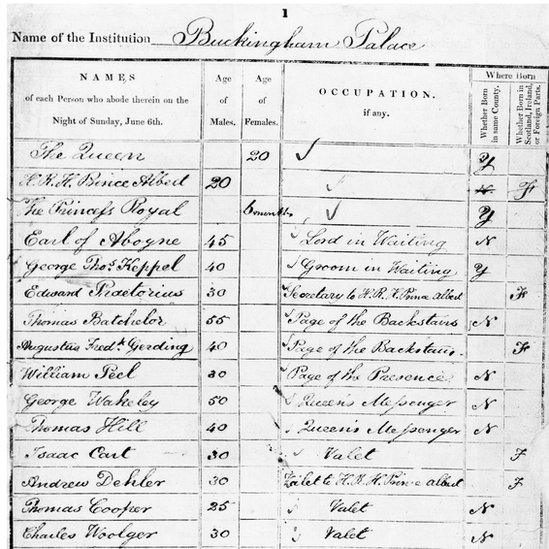
The 1841 Buckingham Palace census, showing Queen Victoria and Prince Albert (top left)
Jessamy Carlson of the National Archives says that being able to see past census records - they're released after 100 years - means you get an insight into your relatives' lives.
"The surviving census forms for England and Wales in 1911 are written by the householder," she said. "It's very exciting to be able to see a form filled in by your ancestors, rather than by the enumerator.
"Often the form is filled in by the head of the household, but I have seen forms written by children where their parents aren't sufficiently literate to fill the forms in themselves."
As well as your ancestors, you can find out what celebrities of the time were doing on census night.
"We can see that Harry Houdini was visiting a friend on the night of the 1911 census and listed his occupation as Mysteriarch. Famous residences such as Buckingham Palace or 10 Downing Street will list any staff working there on the night alongside the entries for the royal family or prime minister."
- Published12 February 2020
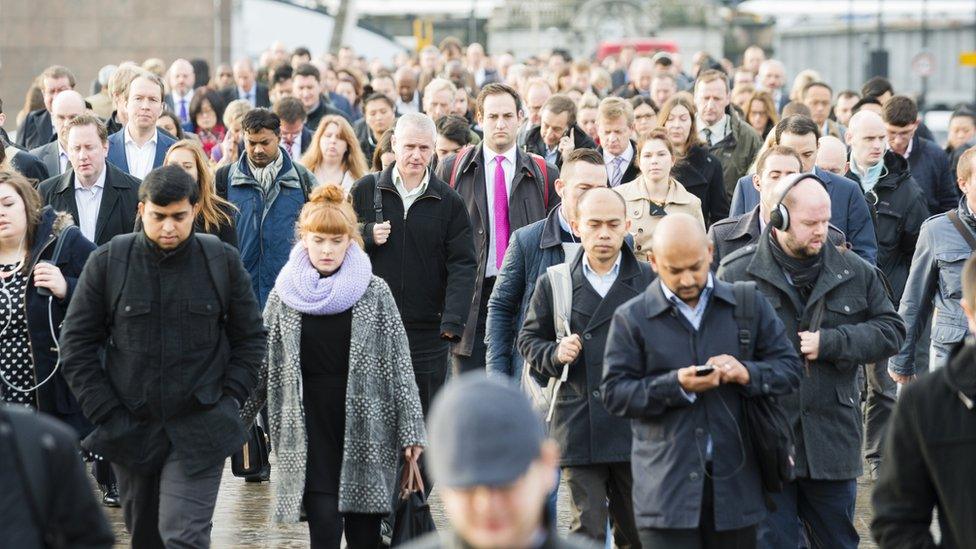
- Published11 December 2012

- Published11 December 2012

- Published17 July 2012
